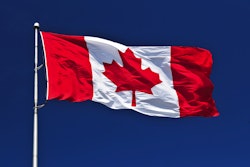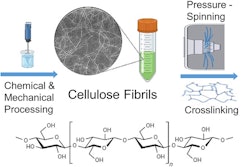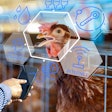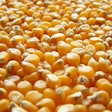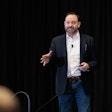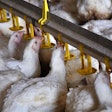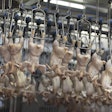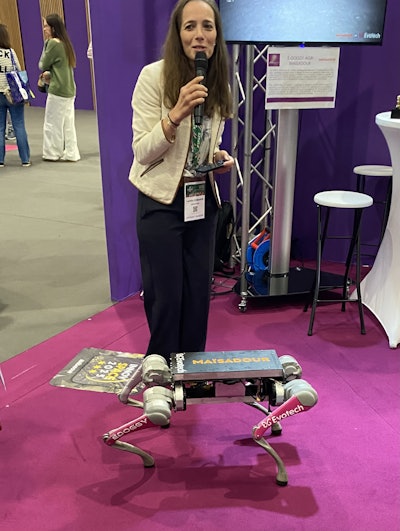
Can artificial intelligence (AI) really live up to all the expectations that surround it? It is already doing so delegates were told at an event jointly organized by the Brittany Chamber of Agriculture and trade show SPACE, that took place in mid-September.
AI, or agricultural intelligence, as it was alternatively referred to, can help agricultural producers across sectors at various levels, delegates were told, be it in saving time or doing what farmers simply cannot do unaided, for example, monitoring 24 hours a day.
It is already being used to monitor animal behaviors, for example, detecting when an animal is active or resting and interpreting that data. It can be used for early disease detection, for example through milk quality analysis, or through sound analysis. It can also be used to detect aggression.
Alternatively, it may be used to optimize feed composition and deliver rations in line with animals’ size and weight.
Atmospheric conditions can be monitored and optimized as can counting, and working conditions for employees can be improved, helping with staff retention and making the sector a more attractive one to work in.
Where fertilizing crops is concerned, AI can be used to ensure that the right amount of fertilizer is applied in the right place. The same is true for weed control. Drones, for example, can be linked to nozzle sprayers relaying information so that pesticides are only applied where needed.
Direct application
The presentations were followed by a showcase of practical developments that employ AI. These ranged from cameras programmed to alert the famer should a wild animal enter a farm through to a telemedicine service that includes a farmer-worn headset that connects to a remote veterinarian.
The most stand out example, however, was developed particularly for the poultry industry. E-Doggy Agri is a robotic, camera-equipped dog that will herd free range hens into the barn at night. It is able to move around obstacles, and once all birds are in the house, close hatches and alert the farmer that its work is done. It then retires to its kennel to recharge.



